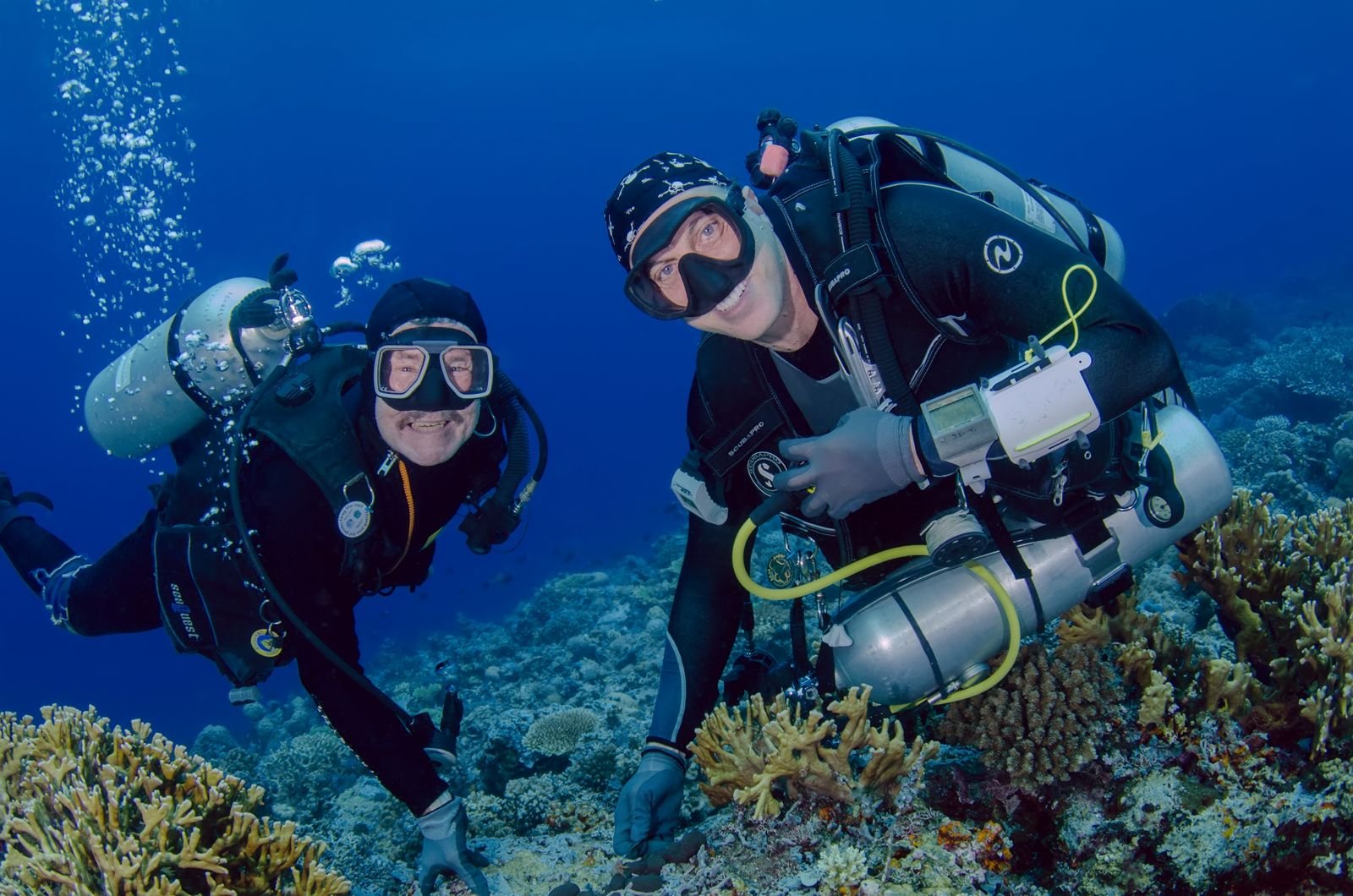Resurfacing of a species: Recent leopard shark sightings in Raja Ampat
A surge in leopard shark sightings in Raja Ampat since the StAR Project launched fuels hope for the species.
Charlotte swims near the water surface after being released in Misool. Photo by Mark Erdmann.
PRESENT STATE OF LEOPARD SHARKS IN RAJA AMPAT
Previously considered functionally extinct in Raja Ampat waters, the Indo-Pacific leopard shark (Stegostoma tigrinum) is showing promising signs of a comeback, thanks to the StAR Project. Before the project began, leopard sharks (or "stegs") were only occasionally seen, with surveys spanning over 15,000 hours across 20 years yielding just three individuals in the region’s vast seven million hectares.
An initial population viability analysis (PVA) conducted prior to the StAR Project described Raja Ampat’s leopard sharks as “a very small remnant population at low density.”
Conservation assessments led by Dr. Mark Erdmann and Dr. Gerry Allen indicated sporadic sightings, primarily due to the area’s high scuba diving activity. “There is no evidence of regular reproduction or detectable population growth,” Erdmann observed, estimating fewer than 20 individuals across the archipelago.
Dive guides from Misool also reported isolated sightings, averaging only one individual per year, with no indications of a breeding population. This bleak outlook underscored the need for the StAR Project, which initiated its first reintroduction of young leopard sharks on January 13, 2023, in Wayag lagoon.
Since then, more than 20 leopard shark individuals have been successfully released into the waters of Raja Ampat.
Dr. Gerry Allen (bottom) and Dr. Mark Erdmann (top) during a biodiversity assessment in Raja Ampat. Photo by Burt Jones.
INCREASE IN SIGHTINGS SINCE StAR PROJECT
Since the reintroductions began, sightings of stegs have risen substantially, boosted by a focused outreach campaign encouraging local fishers, divers, and visitors to report sightings of newly released sharks. Additionally, it is speculated that pheromones from the reintroduced juveniles may be attracting remaining adults, suggesting potential for natural reproduction in the future.
To date, fishers, villagers, divers from liveaboards such as Solitude Adventurer and Coralia Liveaboard, and NGO partners including Barefoot Conservation have documented several new leopard shark sightings across Raja Ampat, including in the northern and southern areas near release sites at Wayag and Kri (north) and Misool (south).
Here is a confirmed list of sightings (most with photographic evidence):
Apr 12, 2015: Eagle Nest
Nov 8, 2019: Magic Mountain
Nov 21, 2019: Ayau Besar
Oct 16, 2019: Magic Mountain
Apr 22, 2023: Eagle Nest
Nov 23, 2023: South Misool (Likely Mali)
Jan 11, 2024: Wayag Lagoon (Likely Charlie, Audrey, or Kathlyn)
Mar 11, 2024: Wara Ridge
Mar 24, 2024: Pulau Sapennipnu (Likely Mali; reported by Solitude Adventurer)
Apr 3, 2024: Cafe D’Break
Oct 8, 2024: Cape Kri (Confirmed Karen; verified by receiver data)
Oct 9, 2024: Mios Kon (Likely Marshal, Audrey, or Kathlyn)
Oct 12, 2024: Kurkapa (Confirmed Karen; reported by villagers)
Oct 30, 2024: Manta Ridge (Reported by Barefoot Conservation)
Nov 2, 2024: Pulau Yefnabi (Reported by Coralia Liveaboard)
MAPPING SPECIES RECOVERY WITH CITIZEN SCIENCE
With leopard shark sightings increasing in Raja Ampat, the StAR Project is leveraging data from Spot the Leopard Shark (STLS), a citizen science program launched in Thailand in 2013, to study the recovery of local leopard shark populations.
Now integrated with the global Wildbook Photo-ID database, STLS allows citizen scientists to submit sightings, enabling individual identification and observation. Founded by Dr. Christine Dudgeon, Co-Chair of the StAR Project Research Working Group, STLS uses automated matching technology to help scientists analyze data on wild and reintroduced leopard sharks.
Each reported sighting through STLS in Raja Ampat (and worldwide) contributes valuable data on movement patterns, population health, and potential breeding behaviors, strengthening the conservation framework that the StAR Project is building to ensure long-term success.
The resurgence of leopard shark sightings in Raja Ampat marks a hopeful turn for a species once nearly lost in the region. As the StAR Project continues ramping up its work, these early successes could pave the way for a full return of the species, enriching the vibrant biodiversity that makes Raja Ampat one of the world’s most celebrated marine environments.
Engaging members of the Women Divers Association of Raja Ampat at the RARCC nursery. Photo by RARCC.






